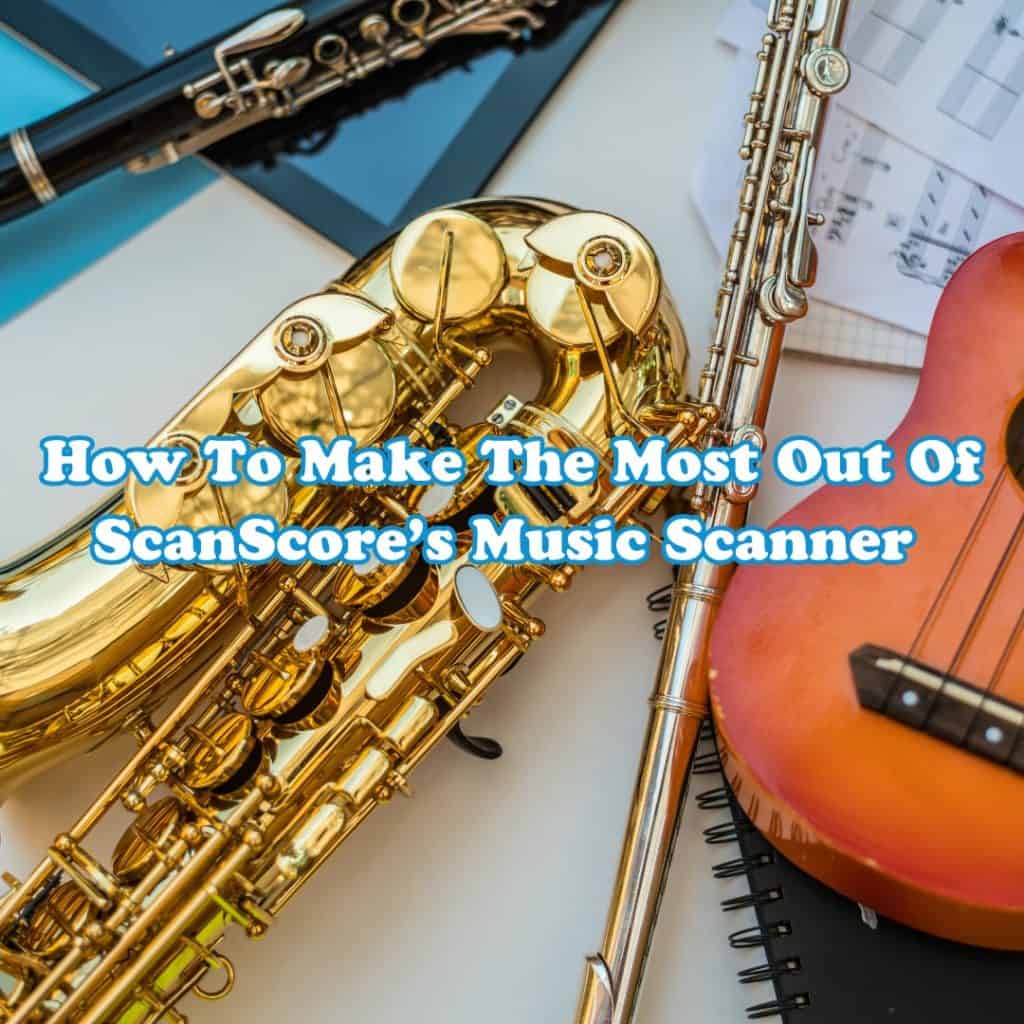Are you a ScanScore user?
Are you unsure of which scanning method to use, and how to navigate the editing tools?
Do you want to download the program, but aren’t quite sure where to start?
Let me help you out a little. This article is going to teach you how to make the most out of ScanScore’s music scanner.
Sheet Music Scanner Overview
ScanScore is a piece of OMR software. OMR is short for ‘optical music recognition. Optical music recognition teaches your computer how to read, and thus digitize the music. It actually comes from a background of robots (shaped like humans!), who read sheet music. Wild, right?! You can read more about OMRs in our article here: https://scan-score.com/en/what-is-optical-music-recognition-software/
So without further music-geek explanation, let me tell you what makes ScanScore special.
ScanScore was made to fill the gap between notation software and scanners.
Let me give you a scenario:
Say you are an arranger looking to make a string quartet out of Debussy’s Clair De Lune. What would be your first step?
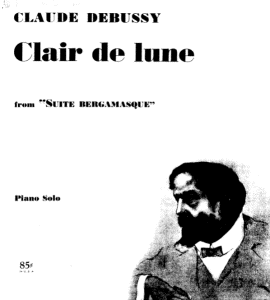
If you said “Find a PDF copy of the piece on IMSLP, and then punch in every single note into Sibelius by hand” you aren’t alone. I used to do that too. But what if I told you there’s a better way?
If you get ScanScore, you can take a picture, scan, or upload a pdf into the program. Within seconds, all of the notes to Clair De Lune, or any other piece you are imagining, could be digitized. Then, you would be able to export that digitized copy into your favorite notation program. Once all this is done, it is much easier to transpose, arrange, and edit the piece. So take the easy route.
But now the next question is: “Which program do I choose?”
Pick Your Program
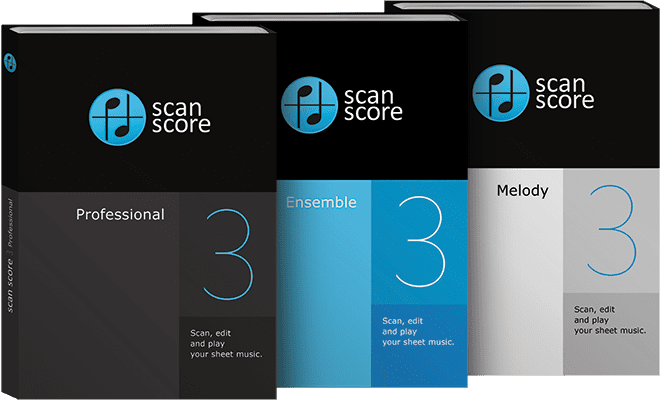
ScanScore Melody
Do you teach little ones? Then ScanScore melody will likely be able to help you out. This subscription allows you to digitize unlimited pages of one-line sheet music. This is perfect for elementary music educators, who often need to digitize recorder music, xylophone melodies, or vocal melodies.
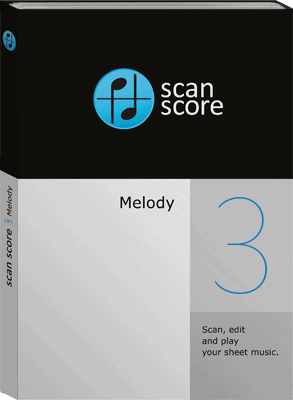
ScanScore Ensemble
Are you an arranger or a performer for an SATB choir or a string quartet? Then ScanScore Ensemble is likely the best fit for you. It can digitize up to four vertical lines of sheet music.
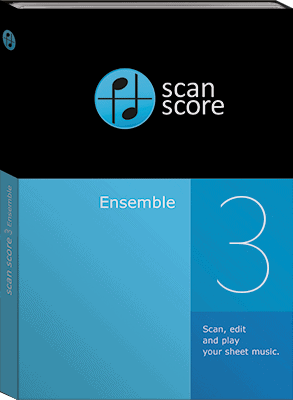
ScanScore Professional
ScanScore Professional is perfect for high school band directors, and professional orchestral directors alike. This is because ScanScore Professional is our top-tier subscription. It allows you to edit and digitize unlimited staves, both vertically and horizontally.
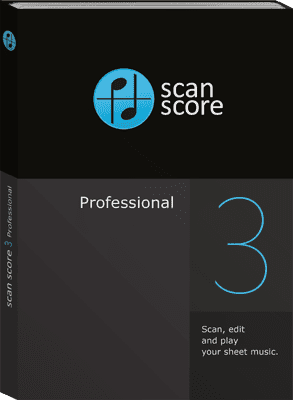
The Convenience of Our Music Scanner App
Did you know that ScanScore’s software has an app extension? Our music scanner app is called ScanScore Capture. You can download this portable music scanner online, at either the Google Play or App Store.
ScanScore capture is free and can be used on any portable Apple or Android device. So, to make the most out of ScanScore, download the free app and connect it to your computer with the one-step QR code. Now, you’ll be able to scan music with your phone and send it to your computer, quickly and seamlessly.
Become an Editing Pro
Are you overwhelmed by, well, all of this? Don’t worry. The next thing I will show you is how to make the most of ScanScore’s editing tools.
This is the basic toolbar. The buttons on the right all have symbolic icons, to help you better locate what you need.

- The quarter note represents rhythms
- The accent represents well…accents! And other expressive add-ins
- The T is the text button
- The bass clef is the clef button
- The F for forte is the dynamics button
- The repeat sign is for barlines and repeats
While many of these buttons are as simple as ‘click and add’, some elements need a little more effort than that. For example, changing notes and rhythms.
If you have digitized an unclear document, there may be small sections of the music that need to be adjusted by a specific interval, or to a different rhythm. To edit large sections of the music, drag a box around the area that needs editing. Then, to move these notes up or down by the same increment, use the up or down arrow keys. To change the rhythm, use the tools in the quarter note rhythm button.
If you have more questions about the editing toolbar, feel free to ask us in the comments below!
ScanScore’s Mixer
A little-known feature of our program is the ScanScore mixer. In this section, I will teach you how to navigate changing instruments, panning, and much more inside the mixer. But first, let’s locate it. Remember the toolbar we just looked at? Now, look to the left of that, past the MIDI music player buttons. This is the mixer!
As long as you have imported and digitized a piece of music, you can open up the music player. Simply click and go.

From here you can drag the bar on the upper right to pan the instrument, in my case, the piano. That being said, the piece I’m working on currently is actually a Partita for flute, so I’ll probably want to change my sound here. If you click the upper right dropdown, you will see that you can choose from the following:
- Woodwinds
- Brass
- Keyboards
- Guitars
- Strings
- Percussion
- Singers
- Synth Lead
- Synth FX
- Synth Pad
- Exotic
I went to woodwinds > flute. Now my score plays back with the flute sound. If you have a score with more than one voice, you can adjust the second voice, too. Just choose channel 2 on the left, and follow the dropdown instructions again. I’ll change my second voice channel to Sawtooth in the synth section, just so you can see what it looks like.

I really love that you can both change the instrument sounds and panning. Here’s why;
Say for example, that I have a flute and piano duet. I want to listen back and have my MIDI playback sound realistic. But how do I make it happen? ScanScore’s mixer.
Take one instrument, and pan it slightly to the left. Then, take the other, and pan it to the right. It will make all the difference, trust me. This is because, when you are inside a real recital hall, both musicians wouldn’t be occupying the same exact location in the room. The flutist might be to the left, and the pianist to the right. Our brains hear this differentiation in audio location and think, ‘Okay, she is over there, and he is over there!’. So, that’s the how behind it all. If you have more questions about the mixer, as always, feel free to ask us in the comments or contact ScanScore Support.
ScanScore’s Music Scanner: Wrap-Up
I hope you enjoyed learning more about ScanScore! Here are the key takeaways:
- ScanScore saves musicians time by filling in the gap between sheet music and notation programs
- There are three different levels of programs to choose from
- The program has an app called ScanScore Capture, which allows easy transfers to computers
- ScanScore is a lot more than a sheet music scanner. It is an advanced editor and mixer too
Last but not least, here is our music quote of the week:
“Everybody loves classical music, they just don’t know about it yet”
-Benjamin Zander


